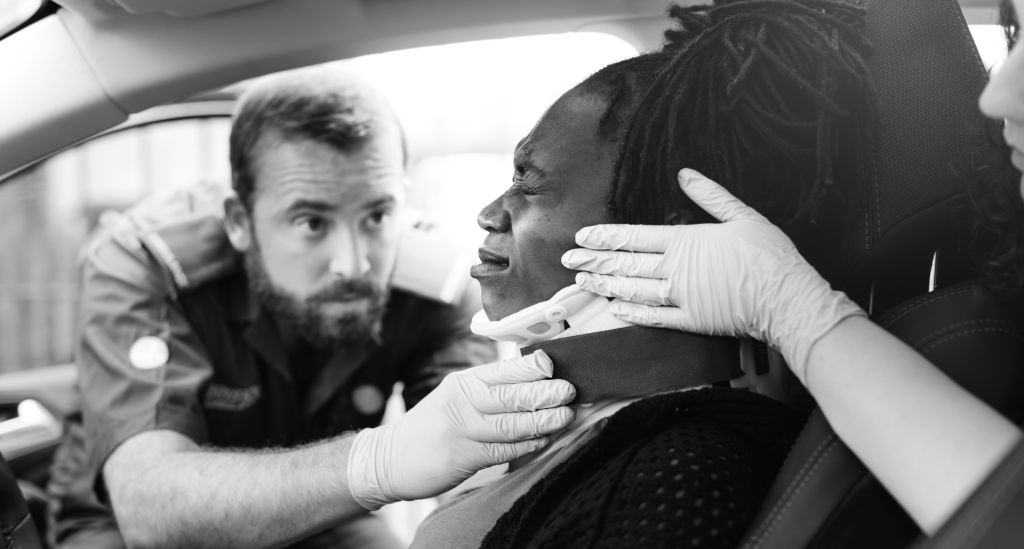11 July 2023
Radiology and Medical Negligence
A radiologist is a specialist medical doctor who has had specific training in performing and interpreting diagnostic imaging tests and carrying out interventional procedures or treatments that involve the use of X-ray, ultrasound and magnetic resonance imaging (MRI) equipment.
Radiologists have the same responsibilities as any other doctor to fully inform their patients of the risks and benefits in relation to any medical procedure they undergo and to perform those procedures with a standard of care to be expected of a person professing to have a particular skill.
Errors are made in medicine and radiology is no different. Errors can be made in the interpretation of the diagnostic imaging tests or in the performance of a radiology procedure.
Some examples of errors include;
- The incorrect diagnostic imaging test is used;
- The urgency of the results may not be realised or communicated effectively;
- The images are not interpreted correctly;
- Mislabelled radiology images;
- The patient could be injured during a test or while undergoing treatment under the care of the radiologist, for example ultrasound guided cortisone injections.
Radiologists assess an image and then put forward an assessment of what they see. This assessment needs to be undertaken with due skill, care and attention and in accordance with competent professional practise of a radiologist in Australia at the time the assessment is made.
Proving negligence is not always straight forward, as radiology images can be difficult to interpret. However, if evidence can be obtained that the radiologist did not exercise due skill and care when performing a test or interpreting the radiology images, then the next question is whether the actions of the radiologist have caused damage.
Let’s say the radiologist didn’t pick up your broken big toe in the x-ray and you had to hobble around for 6 weeks with a broken toe while it healed; not knowing it was actually broken. The missed diagnosis was not the cause of the hobbling and pain but something you would have had to endure in any event, and accordingly you have suffered no loss.
However, if the broken toe wasn’t diagnosed and it became a compartmentalised fracture and blood flow was cut to the toe and you eventually lost the toe, then you may be able to claim injury loss and damage associated with the loss of the toe. However, you would need to establish that the compartmentalisation could have been prevented if the proper diagnosis had been made.
For more on causation you can read read Suzanne Pinyon’s article “Establishing causation is a major aspect of medical negligence claims”.
How Can Andersons help with your Medical Negligence Claim?
If you think something has gone wrong involving a radiology procedure it is important to get legal advice and speak with an experienced medical negligence lawyer as soon as possible. Andersons has a team of expert Medical Negligence lawyers who can guide you through the process. Contact us today for a free, no obligation, initial interview to assess your personal circumstances.





